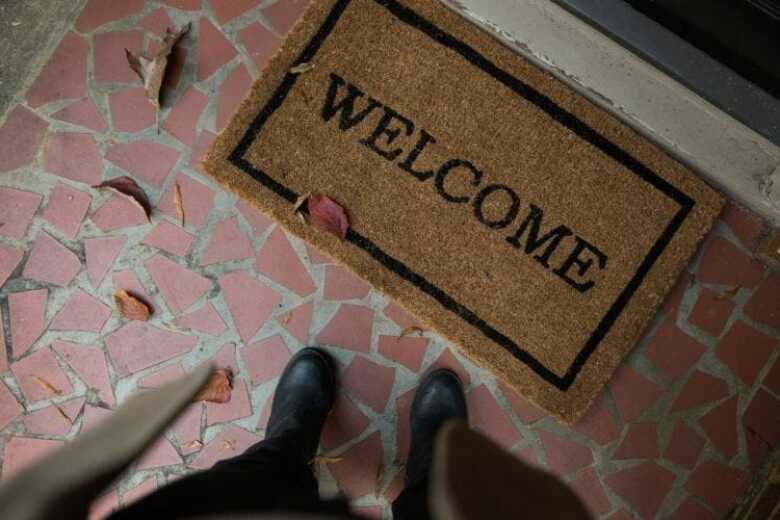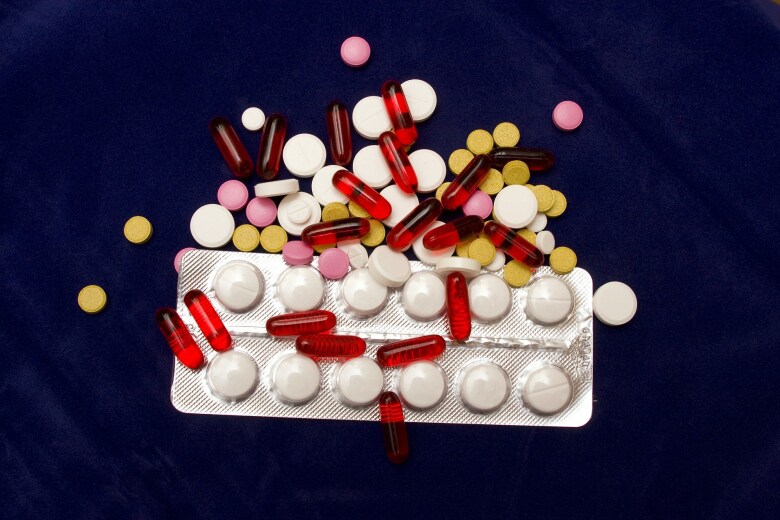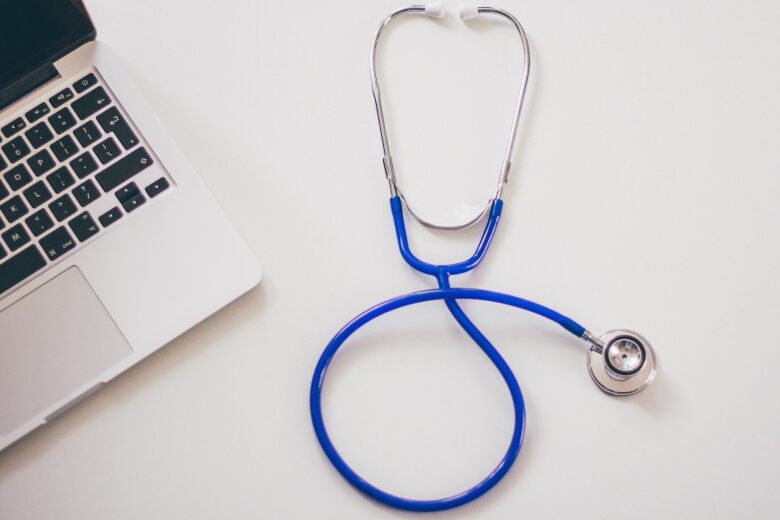Data is often referred to as the “oil of the 21st century.” And nowhere is there a bigger data boom than in the Internet of things (IoT) and its healthcare subset, the Internet of healthcare things (IoHT).
For anyone not keeping up, the IoT trend has been gaining momentum in many industries to make machines “smarter,” enabling them to communicate and coordinate with one other. IoHT is the intelligent convergence and integration of sensor data collected via medical devices and mobile technologies as they are applied to healthcare.
By 2025, healthcare will comprise nearly one-third of the $11.1 trillion market for distributed devices, according to McKinsey Global Institute.
But lost in the data rush and technology obsession is a simple fact: The IoHT is really the IoP – the Internet of Patients. And for the IoHT to succeed, we need to shift our focus from simply “smart things” to start “thinking smart” about patients and their data. Patient-generated healthcare data (PGHD) is not just another acronym for a data source; it’s a person.
As the McKinsey Global Institute notes, healthcare will be second only to manufacturing as a source of distributed devices, but the two markets will have very different realities. Assembly lines, pallets, trucks and refrigerators don’t have privacy expectations; people do. And those things won’t have an expectation that they own the data created; patients do.
So for all the change that is coming, one thing that is often overlooked is the need for robust consent and management models that are unique to healthcare.
Addressing this challenge is key to unlocking the potential of IoHT, and it won’t come from a flashy new startup. It will come from the infrastructure that is quietly solving key healthcare interoperability challenges today.
Most IoT discussions and IoHT discussions will at least make an obligatory comment about the need for improved data security and meeting privacy expectations. But the very fabric of the IoHT needs to be managed at a granular level.
All the patient-generated data needs to be associated with increasingly complex teams of providers, and must also be analyzed based on clinical content to determine which providers can even view or manage the data.
The IoHT also brings a new level of complexity to the data value chain. The typical value of data in today’s IoT is driven by analytics, and that value is increased when more data is added (think purchase data added to location data). So, too, will the data value chain of IoHT be enhanced as data sets are merged.
Simply put, data on things get more valuable when it’s my data, plus someone else’s.
But that aspect of the data value chain once again presents unique challenges to IoHT. As previously noted, a shipping pallet has no say in the secondary uses or combinations of its data.
But a patient does, and there are expectations that any secondary use or combination, from marketing to clinical trials to insurance coverage decisions, will be governed by clear patient consent.
Another key element of IoHT that gets short mention is that moving, touching and speaking to smart devices are inherently public activities. People can see or hear you doing these things, and the need for the system to be aware of potential privacy violations is real. Imagine Suri telling you your HIV medication or anti-depressant is ready to pick up at the local Walgreens, and you get the picture.
So the key to the future of IoHT will require the ability to manage sensitive content. In order to do that in healthcare, you must manage the entire patient record at a data element level and provide controls on what patient data is shared, and with whom, with full input from the patient. The data source of patient-generated healthcare data (PGHD) is, of course, a patient, with all the fears, attitudes and opinions that go along with it.
Health information exchanges have already been at the forefront of managing complex consent and patient data stewardship. The platforms that continue to evolve to support data sharing among clinicians, payers and patients are beginning to bring clinical reality to the IoHT. They are also helping to manage the complex web of privacy and consent for secondary use and expanded analytic data sets.
That’s why IoHT is really IoP. We can’t separate the data from the patient. Something to keep in mind when building the next big IoHT thing.






































